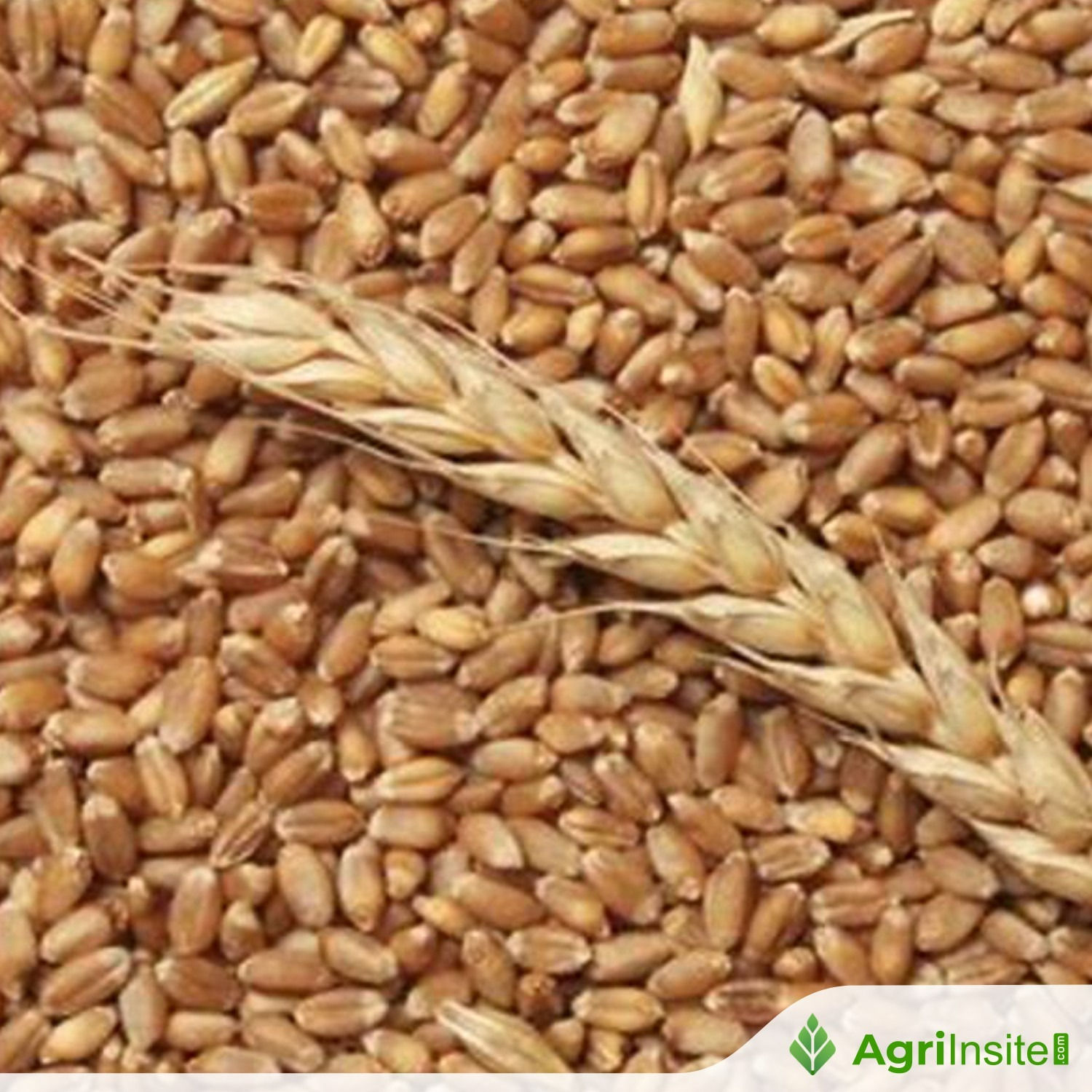Don’t panic about U.S. tariffs, Canada has other buyers for its wheat: analysts

The potential U.S. tariffs under Donald Trump raised concerns for Canadian farmers, especially in canola exports. However, wheat, particularly Canadian Western Red Spring (CWRS), is less affected due to its global demand. While the U.S. may reduce imports, Canada can find new markets, minimizing the impact. Experts suggest tariffs will have a limited effect on wheat prices.
Canadian farmers — along with pretty much ever other export-facing industry in Canada — were holding their breath the week before Donald Trump officially takes office as president of the United States.
The incoming president had, after all, loudly announced his intent to impose 25 per cent tariffs on goods and services imported from Canada and Mexico in the weeks prior to his inauguration, set for Jan. 20.
The weight of those tariffs won’t be equally felt by all ag sectors, prominent market analysts anticipate. Some, like canola — a major export to the U.S. at $1.35 billion worth of oil, $368 million of meal and $116 million in seed out of Manitoba alone in 2023, and which has expansion hopes for U.S. biofuel —will feel it more.
Why it matters: The U.S. is by far Canada’s largest trading partner, making the threat of tariffs a daunting prospect for any industry reliant on exports, much of western Canadian agriculture included.
High-protein wheat like Canadian Western Red Spring (CWRS), however, may survive the new world order of international trade.
“I don’t really think (tariffs are) going to have a huge, huge impact on the wheat side for two reasons,” said Bruce Burnett, director of markets and weather information at Glacier FarmMedia.
“Number one, it looks like a lot of (U.S. and Mexican) companies have been stocking up on (CWRS). And the second thing is, basically, that it’s regionally significant, but it’s not significant across the board for Canada, relatively speaking.”
Those regions include Manitoba and eastern Saskatchewan, which may suffer at a local level. Much of the wheat destined for the U.S. flows from those locations.
According to data from Statistics Canada and the federal government’s Trade Data Online reporting tool, wheat farming accounted for $1.03 billion of Canadian exports to the U.S. in 2023. Of that, Saskatchewan topped the list, accounting for $537.44 million worth of exports.
Durum has much the same transportation pattern, Burnett noted, with crops further east more likely to be bound for the U.S.
Further west, other markets become more advantageous from a transportation perspective. Canada exports high-protein wheat into a global range of markets — many of which buy more CWRS than the U.S.
Also, a U.S. relying on domestic wheat supplies at the expense of exports (which it will likely have to do under tariff conditions as Canadian companies start to balk at U.S. trade) will open new trade opportunities for Canada, Burnett noted.
Derek Brewin, an agricultural economics professor with the University of Manitoba, also doubts the tariffs will have much impact on CWRS prices.
”I don’t think a small reduction in flows to the U.S. will hurt Canada as much as the tariffs will hurt canola oil, where the U.S. is their major buyer,” wrote Brewin in an email.
Canola and wheat and their products were the top exports out of Manitoba in 2023, according to trade statistics published by the province. When it came to just U.S. trade though, canola oil was the province’s top ag export, while wheat didn’t crack the top five.
“There is a huge share of Canadian hard spring that flows out of Vancouver to final customers in Asia and the Middle East and west coast Latin America. If the U.S. adds a tariff on our wheat, it is more likely to drive up U.S. hard spring prices than have much effect on those trade flows or prices at the west coast,” Brewin said.
Burnett also doubts that tariffs would impact chances growers have for protein premiums, something that has been rare in recent years anyway.
Those premiums typically only follow a growing season where protein content in North American wheat is significantly stunted.
“We have good protein from last year and there was lots of it, so that’s the reason why the protein premiums are flat right now.
“The worst type of year is when we get into one of those wet years (where) the protein’s lower and then the harvest is wet so the amount of millable wheat is lower as well. And then we see protein premiums drop into the market,” said Burnett.
Canada’s long wheat arm
CWRS is a hard wheat known for its high protein content and milling and baking value. Cereals Canada’s 2024 executive summary pegs average Canadian CWRS production at just under 22 million tonnes from 2019 to 2024.
It projects Canada will export 25.7 million tonnes of wheat to 80 countries in the 2024-25 crop year, making Canada the world’s third-largest exporter of wheat and the top exporter of high-quality, high-protein wheat for the second year in a row.
“On most of the Prairies, CWRS pencils out as the highest-return wheat crop,” Brewin noted. “Some of the irrigation areas in southern Alberta switch to soft wheats and some of the dryer parts of Saskatchewan switch to durum. That means most of our exports have been CWRS.”
A Cereals Canada pie graph representing Canadian grain destinations features the U.S. as a relatively small sliver, about the same size as Bangladesh and Peru. China and “rest of world” consume half the graph.
Future chances
Burnett is fairly optimistic about the state of CWRS trade over the next few months.
“What will happen is the demand from the U.S. will be replaced by other destinations for the product. There will be a question as to whether or not they pay a premium or whatever, but it’s like anything else: there’s other markets out there that will take CWRS,” he said.
“Up until the end of November, Peru imported more Canadian wheat (than the U.S.) and it was all CWRS pretty much. Nigeria is similar. Mexico imports almost as much.”
Burnett believes spring wheat demand will improve as the harvest in the southern hemisphere wraps up over the next few months.
“So I don’t think (tariffs are) going to have a huge impact compared to things like canola oil or stuff like that where it could have impacts upstream into our crushing industry.”
Ultimately, Burnett doesn’t think it’s time to push the panic button over U.S. tariffs, at least on the wheat side, although “you never like to see a market get eliminated from you, and the tariffs would do that.”
To read more about Wheat News continue reading Agriinsite.com
Source : Manitoba Cooperator
















